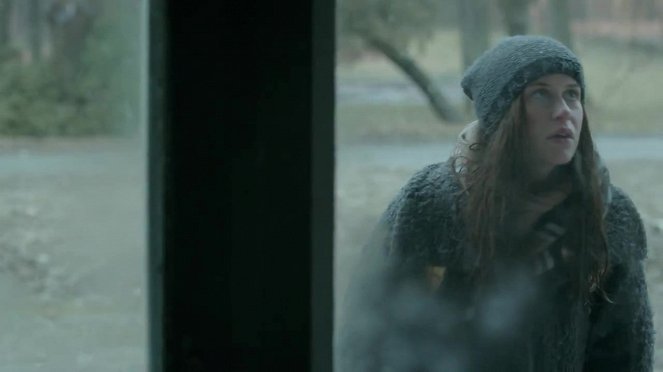Ohjaus:
Tereza NvotováKäsikirjoitus:
Barbora NámerováKuvaus:
Marek DvořákSävellys:
Jonatán PastirčákNäyttelijät:
Dominika Morávková, Anna Jakab Rakovská, Róbert Jakab, Anna Šišková, Luboš Veselý, Patrik Holubář, Juliana Oľhová, Monika Potokárová, Ela Lehotská (lisää)Juonikuvaukset(1)
Teenage Lena's relatively carefree, dreamy existence is roughly shattered by a rape. The perpetrator? Her charming teacher, who is able to wind everyone round his finger. Lena can't or daren't tell anyone what has happened – not even her best friend. Instead, she undertakes a desperate suicide attempt. Subsequently admitted to the youth ward of a psychiatric hospital, the major questions she faces are: who will believe you, and can you prove what happened? However, Lena discovers that she is not alone. (International Film Festival Rotterdam)
(lisää)Arvostelut (3)
The Slovaks have truly outdone themselves. Especially Tereza Nvotová, who with her debut film has laid the foundation for one of the best Slovak films of the last decade. The movie is rather gloomy, dark and sad, but at the same time brings out a lot of emotions. So, it actually fulfills all requirements for a good and gloomy European drama.
()
The Nvotov sisters are an interesting phenomenon in the society and culture of the former Czechoslovakia. Tereza has now become a director with something to say. I thank her for her work and I am glad that we have another contribution to the issue of psychiatric care for minors.
()
In light of Czech comedies such as The Spooks or Chasing Fifty, in which the motive of rape is disgustingly and amorally used as a source of tasteless humor, it is necessary to emphasize the importance of the fact that in contemporary domestic cinema, there is also a film that deals with the trauma of women from rape quite seriously and psychologically. The film deserves praise for its credible actors portraying mostly distinctly unsympathetic characters, a strong atmosphere underlined by the unattractive environment of an institute, a camera painting depressing cold images, and several emotionally impressive scenes. What is impressive, however, is the plot itself, the way it is told and the depiction of specific key situations. The debatable unreliability of the introductory act of rape does not necessarily follow from the fact that the girl does not shout in her defense, but rather that the rapist chooses an extremely risky moment to do the deed, in which he could possibly be easily caught. That fact that the main protagonist is silent about the attack against her is justified by possible fears of shame, but the film deals with this too superficially by not letting her talk about her feelings. At the end, she claims that she does not want to be considered a victim, but the film nevertheless presents her as a victim for ninety percent of the runtime, and thus she cannot be perceived otherwise. The film makes it almost seem as if victims of rape have no choice but to completely collapse mentally and become permanently afflicted wrecks longing for suicide. Even time spent in a hospital with incompetent psychiatrists, electroshocks and patients in the form of vulgar deviants doesn’t help. By exaggerating the deepening despair, the film creates bleak feelings of hopelessness, instead of acting therapeutically and showing how to work with such feelings and how to overcome traumas. Some satisfaction comes at the very end, but its oversimplified and very mild. A potential interpretation is the possibility that Špína is presenting a frightening case and that victims of sex offenders should not be afraid to come out with the truth. In any case, despite its lagging elaboration, the main significance of Špína’s film is its fundamental contribution to the discussion on the socially serious topic of sexual assaults and their consequences, which is definitely appreciated.
()

